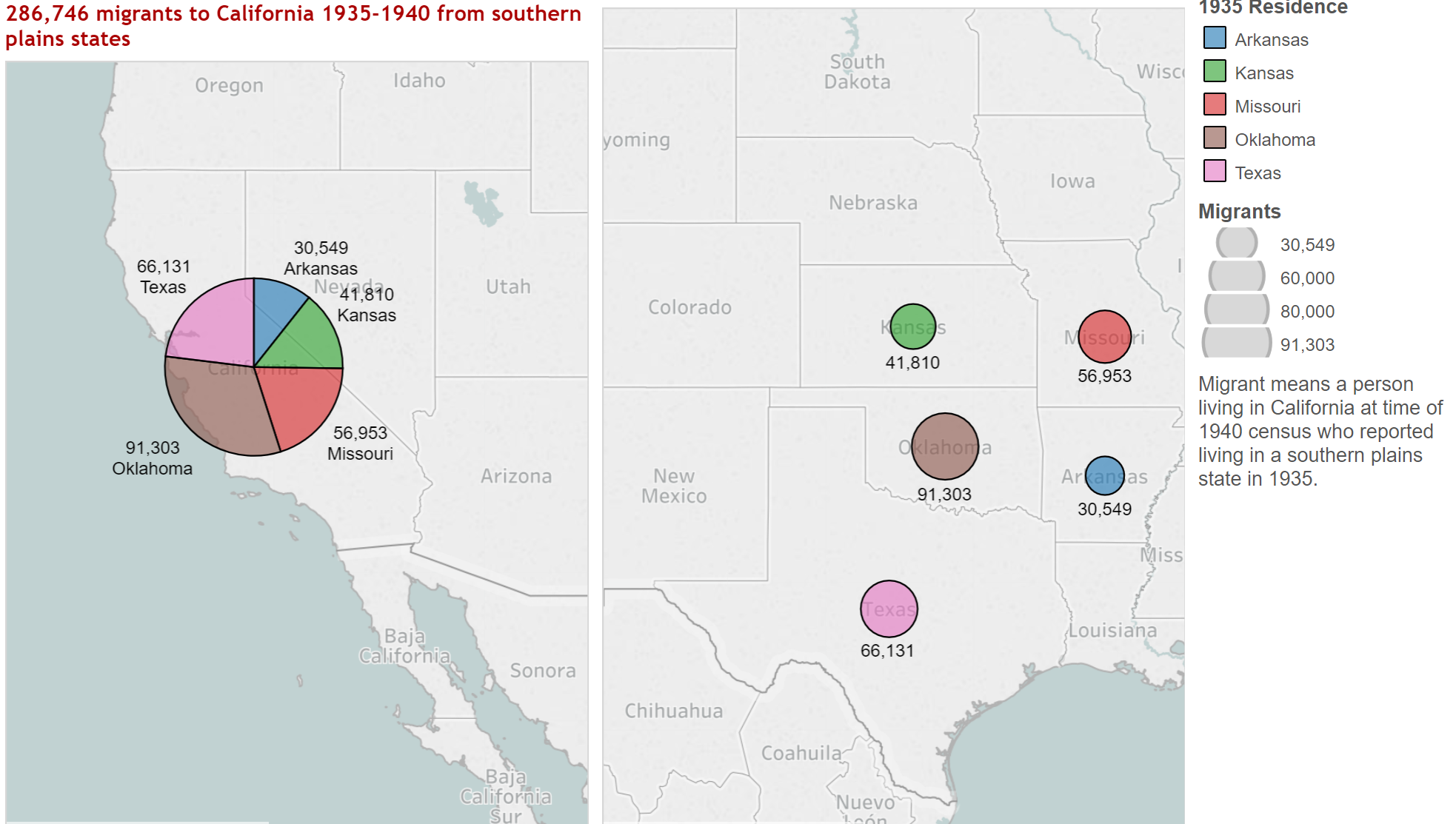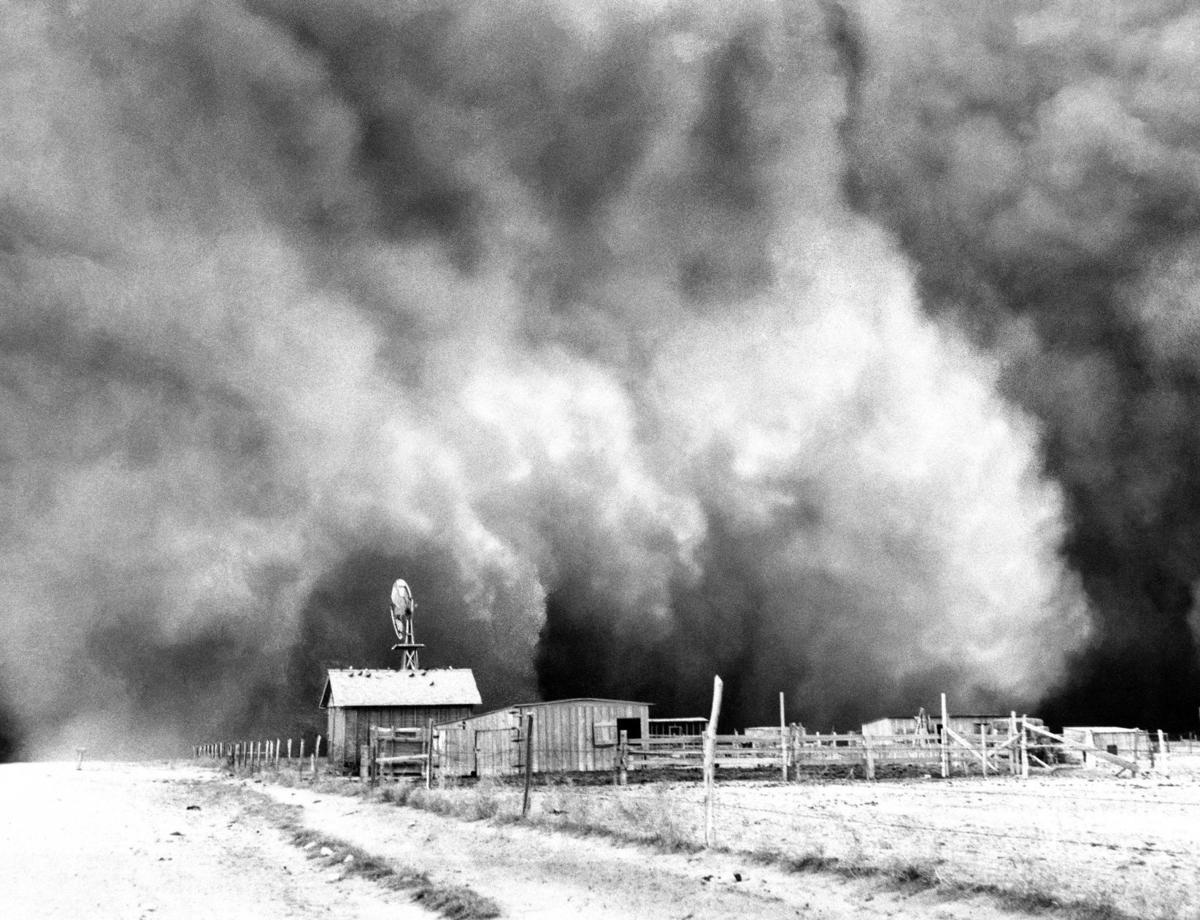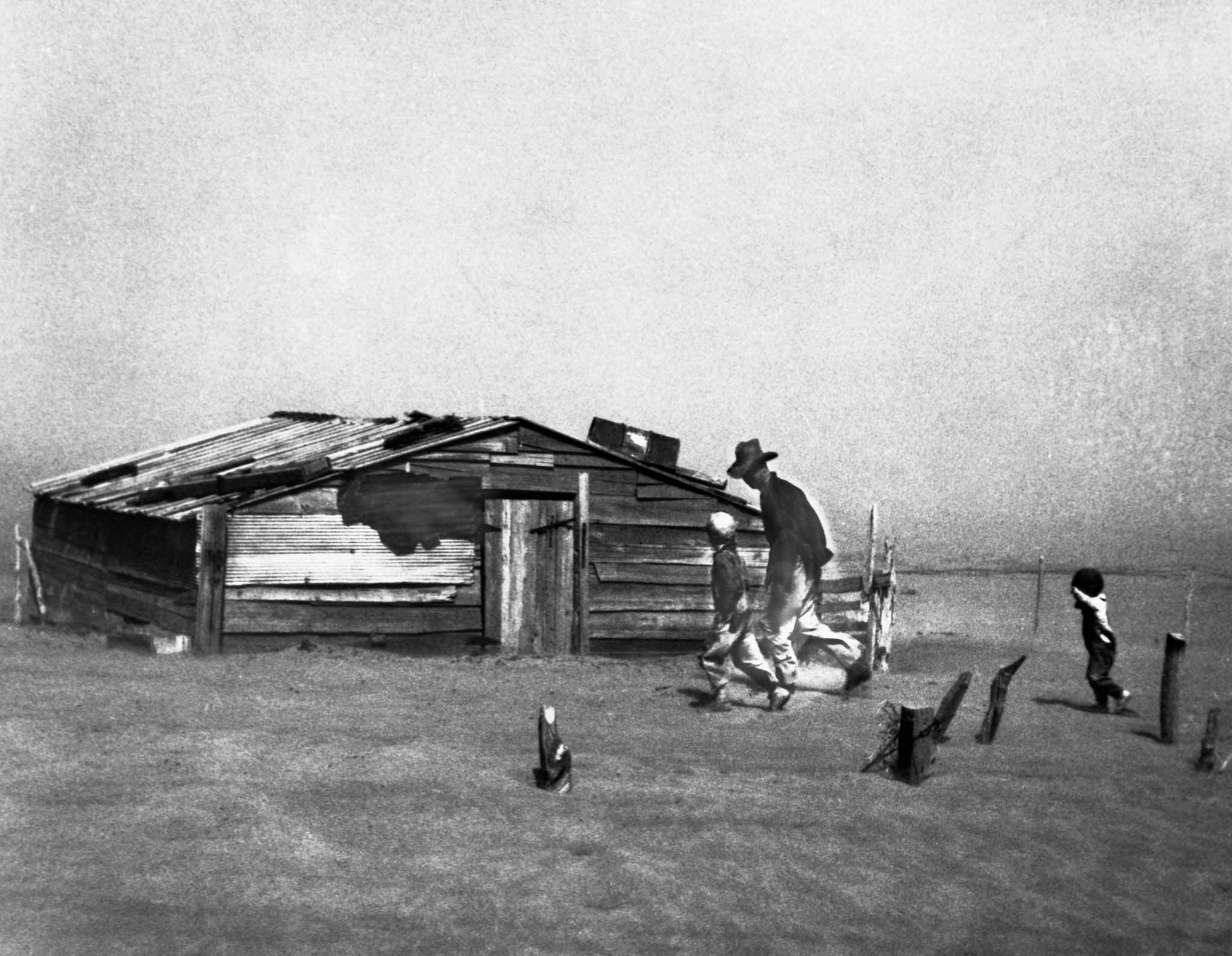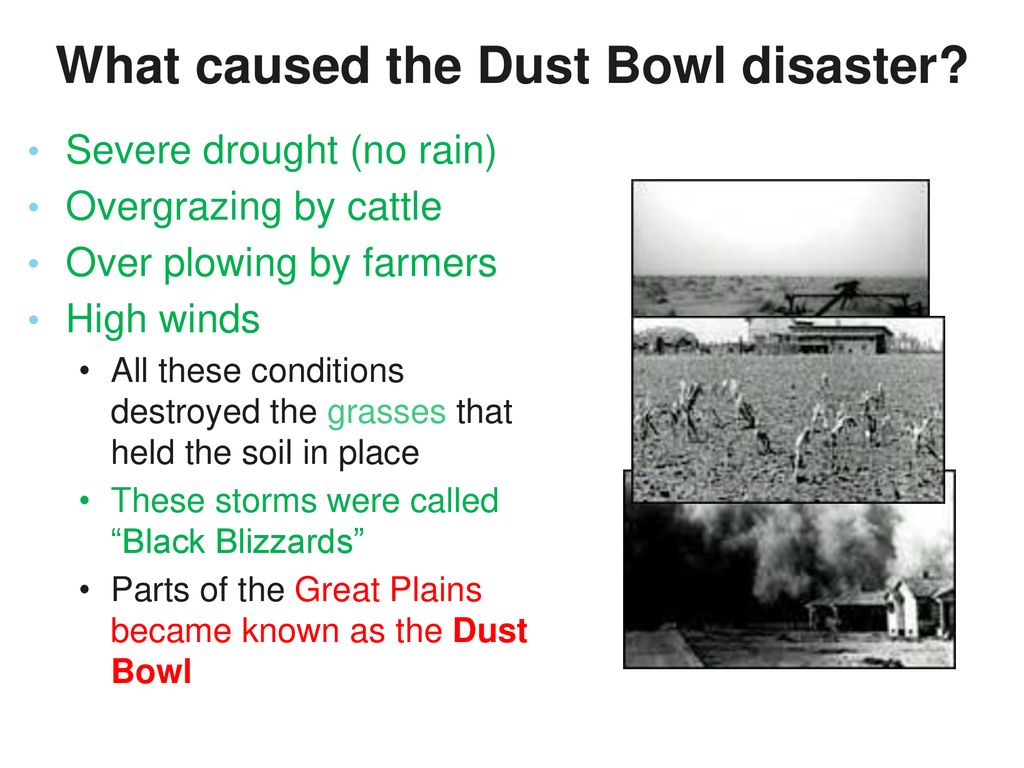Dust Bowl Refugees From The Great Plains Called

Here are a few Dust Bowl era refuges that are still improving Plains ecology.
Dust bowl refugees from the great plains called. Though Okie migration has been commonly attributed to people escaping from the Dust Bowl of the southern Plains many also came from sharecropping and cotton farms of the Southeast. Which states had areas that were damaged by dust storms. The press called them Dust Bowl refugees although actually few came from the area devastated by dust storms.
Throughout most of the 1930s and into the early 1940s the Dust Bowl turned much of whats now known as the American heartland into a virtual wasteland. Of those 200000 moved to California. Arkies was also used though less commonly.
It sent the Okies west to California inspiring both John Steinbecks famous novel The Grapes of Wrath and Dorothea Langes stark photographs. The Dust Bowl exodus was the largest migration in American history. The two artworks featured here Dust Bowl.
Oklahoma Texas Arkansas Kansas and Missouri. But those refugees werent from other countries they were Americans and former inhabitants of the Great Plains and the Midwest who had lost their homes and livelihoods in the Dust Bowl. Dust Bowl refugees from the Great Plains called _____headed west to look for work.
These Dust Bowl refugees were called Okies Okies faced discrimination menial labor and pitiable wages upon reaching California. These Dust Bowl refugees were called Okies Okies faced discrimination menial labor and pitiable wages upon reaching California. Herein what were Dust Bowl refugees called.
Dorothea LangeFarm Security Administration via Library of Congress Refugee in Marysville California August 1935. By 1940 25 million people had moved out of the Plains states. These migrants came from a broad swath of southern plains states including Oklahoma Missouri Arkansas and Texas.


















